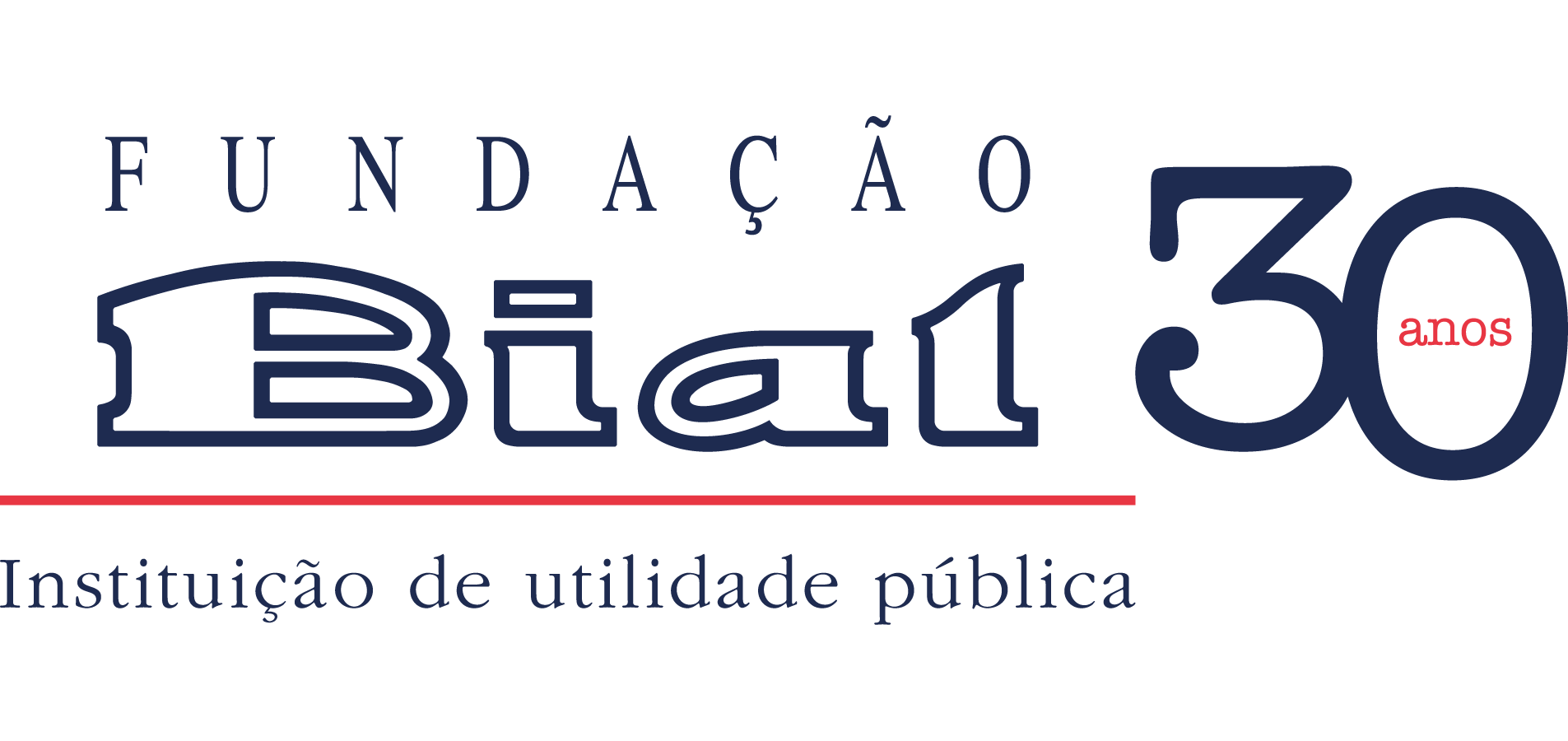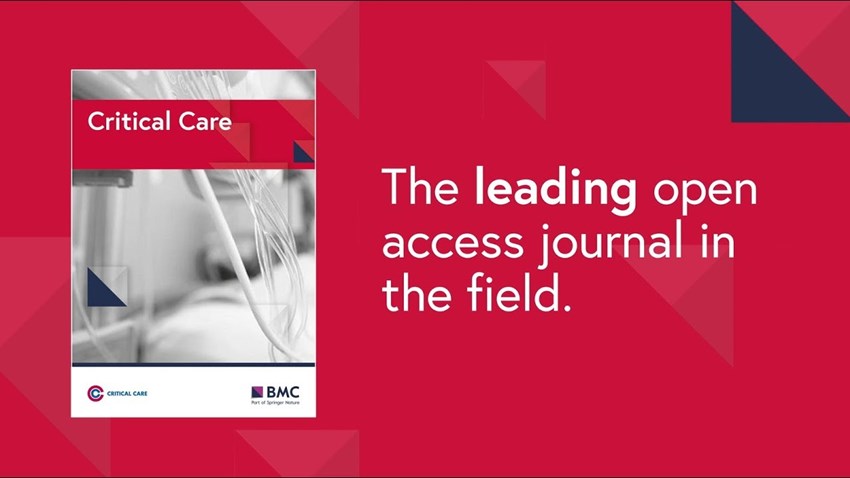A equipa de investigação liderada por Charlotte Martial analisou a incidência das experiências de quase morte (EQMs) em pacientes que estiveram internados, durante pelo menos 7 dias, em unidades de cuidados intensivos (UCIs), independentemente da doença crítica a que sobreviveram. Dos 126 entrevistados, 15% reportaram ter tido uma EQM. A propensão para estados dissociativos, bem como as crenças e práticas espirituais surgiram como fortes preditores da emergência de EQMs. Estas, por sua vez, não estavam associadas de forma significativa à qualidade de vida dos pacientes avaliada passado 1 ano. Estes resultados surgem no artigo Incidence of near-death experiences in patients surviving a prolonged critical illness and their long-term impact: a prospective observational study publicado na revista científica Critical Care e derivam do projeto de investigação Characterization of “Near-Death Experiences” through the comparison of experiencers and non-experiencers’ particularities: inter-individual differences in cognitive characteristics and susceptibility to false memories, apoiado pela Fundação BIAL.
ABSTRACT
Background: So far, the few prospective studies on near-death experience (NDE) were carried out only in intensive care unit (ICU) patients with homogeneous aetiologies, such as cardiac arrest or trauma survivors. The aims of this 1-year prospective and monocentric study were to investigate the incidence of NDE in ICU survivors (all aetiologies) as well as factors that may affect its frequency, and to assess quality of life up to 1 year after enrolment.
Methods: We enrolled adults with a prolonged ICU stay (> 7 days). During the first 7 days after discharge, all eligible patients were assessed in a face-to-face interview for NDE using the Greyson NDE scale, dissociative experiences using the Dissociative Experience Scale, and spirituality beliefs using the WHOQOL-SRPB. Medical parameters were prospectively collected. At 1-year after inclusion, patients were contacted by phone to measure quality of life using the EuroQol five-dimensional questionnaire.
Results: Out of the 126 included patients, 19 patients (15%) reported having experienced a NDE as identified by the Greyson NDE scale (i.e. cut-off score ≥ 7/32). In univariate analyses, mechanical ventilation, sedation, analgesia, reason for admission, primary organ dysfunction, dissociative and spiritual propensities were associated with the emergence of NDE. In multivariate logistic regression analysis, only the dissociative and spiritual propensity strongly predicted the emergence of NDE. One year later (n = 61), the NDE was not significantly associated with quality of life.
Conclusions: The recall of NDE is not so rare in the ICU. In our cohort, cognitive and spiritual factors outweighed medical parameters as predictors of the emergence of NDE.





























































































